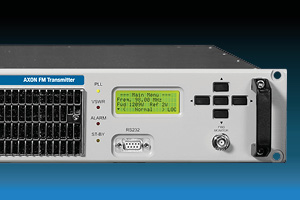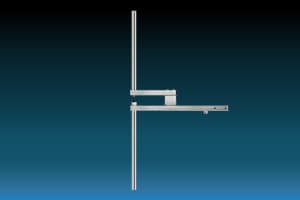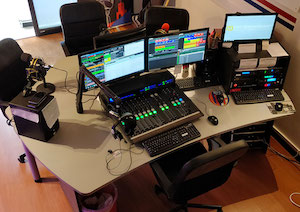Shure SM58-LCE
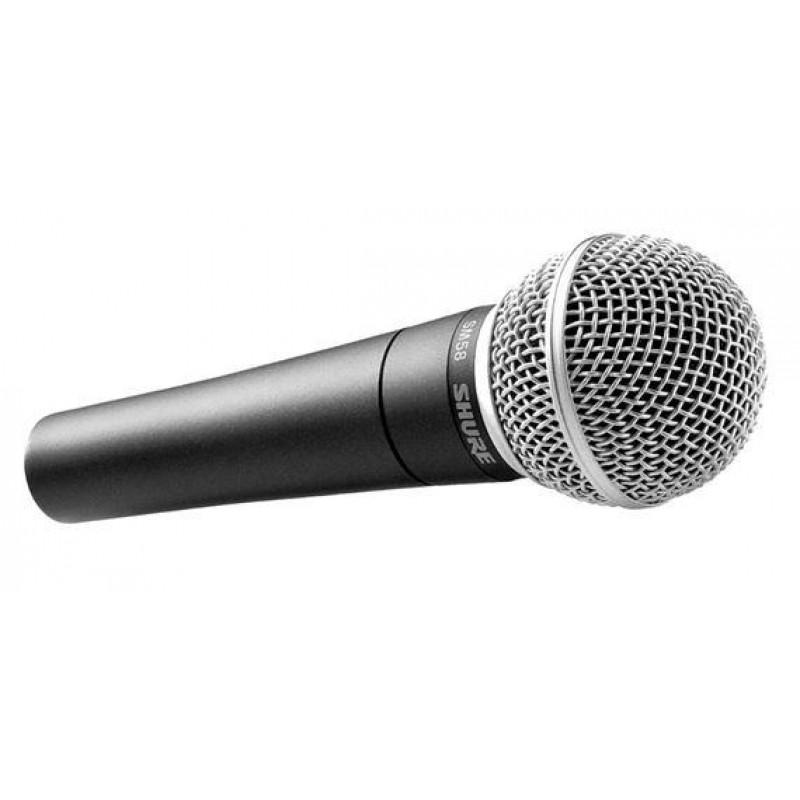
Microphone for voice
The Shure SM58 is a unidirectional dynamic (cardioid) vocal microphone for professional vocal use in sound reinforcement and studio recording. A built-in, highly effective spherical filter minimizes wind and breath "pop" noise. A cardioid pickup pattern isolates the main sound source while minimizing unwanted background noise. The SM58 has a voice response tailored to a sound that is a world standard. The robust construction, proven shockmount system and steel mesh grid ensure that even with rough handling, the SM58 will perform consistently. Outside or inside, singing or talking, it is the choice of professionals around the world.
Shure SM58-LCE
Features
- Tested performance, industry standard
- Uniform cardioid pickup pattern for maximum gain before feedback and excellent rejection of off-axis sound
- Frequency response tailored to your voice, with a lit midrange and bass roll off to control the proximity effect
- Advanced pneumatic mounting system that minimizes the transmission of mechanical noise and vibrations
- Steel mesh grid and enameled metal construction resist wear and abuse
- Built-in effective pop filter reduces wind and unwanted breathing noise
- Furnished with zippered bag and break-resistant stand adapter
- On/Off switch (SM58S only)
- Extremely durable in heavier use
- Shure quality, ruggedness and reliability
- Positioning
- General rules for use
- Point the microphone at the desired sound source (such as the speaker, singer, or instrument) and away from unwanted sources.
- Place the microphone as close as possible to the desired sound source.
- Work close to the microphone for extra bass response.
- Use a single microphone to pick up a single sound source.
- Use as few microphones as possible.
- Keep the distance between microphones at least three times the distance between each microphone and its source.
- Place the microphones as far away from reflective surfaces as possible.
- Add a windscreen when using the microphone outdoors.
- Avoid excessive handling to minimize the collection of mechanical noise and vibration.
- Do not cover any part of the microphone grille with your hand, as this will adversely affect microphone performance.
Applications and placement
The following table lists the most common applications and placement techniques. Keep in mind that the microphone technique is largely a matter of personal taste; there is no "correct" microphone position.
Recommended application Microphone placement tone quality
Vocal lips less than 15 cm (6 in.) away from or in contact with the windshield, in axis with the microphone. Robust sound, emphasized bass, maximum isolation from other sources.
15 to 60 cm (6 in. to 2 ft.) away from your mouth, just above nose height. Natural sound, low bass.
20 to 60 cm (8 in. to 2 feet) away from the mouth, slightly off to one side. Natural sound, low bass, and minimal "s" sounds.
90cm to 1.8m (30-inch to 1.8m) away. Thinner, more distant sound; audible ambient noise levels.
Avoid picking up unwanted sound sources.
Position the microphone so that unwanted sound sources, such as monitors and speakers, are directly behind it.
To minimize feedback and ensure optimal rejection of unwanted sound, always test the microphone placement before a performance.
Proximity effect
Unidirectional (cardioid) microphones progressively amplify low frequencies from 6 to 10 dB below 100 Hz when the microphone is about 6 mm (1/4 in.) away from the sound source. This phenomenon, known as the proximity effect, can be used to create a warmer, more powerful sound. To avoid explosive low-frequency sound during close use, the bass response is gradually reduced. This provides more control and helps you take advantage of the proximity effect.
Specifications
Type
Dynamic (voice coil)
Frequency Response
From 50 to 15,000 Hz
Polar Model
Cardioid
Output impedance
300 Ω
Sensitivity
at 1 kHz, open circuit voltage: -56.0 dBV/Pa [1] (1.6 mV)
1]1 Pa=94 dB SPL
Polarity
Positive pressure on diaphragm produces positive tension on pin 2 relative to pin 3.
Net weight
0.33 kg (0.72 lb)
Connector
Professional three-pin audio (XLR), male
Housing
Dark gray, enamel painted, die-cast metal; matt finish, silver color, spherical mesh steel grid
Recommended products
no products avaible
 BACK TO ON-AIR STUDIO
BACK TO ON-AIR STUDIO RDS ENCODER
RDS ENCODER STUDIO ACCESSORIES
STUDIO ACCESSORIES AUDIO INTERFACES
AUDIO INTERFACES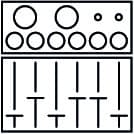 AUDIO MIXER
AUDIO MIXER